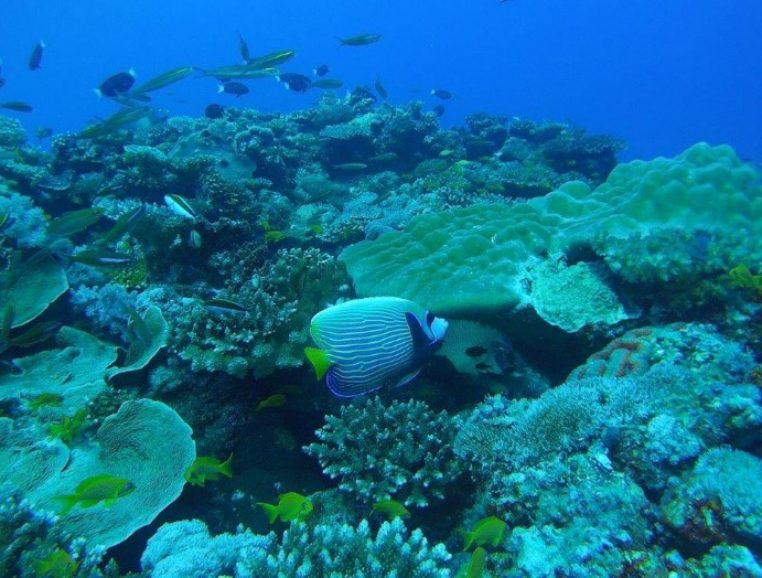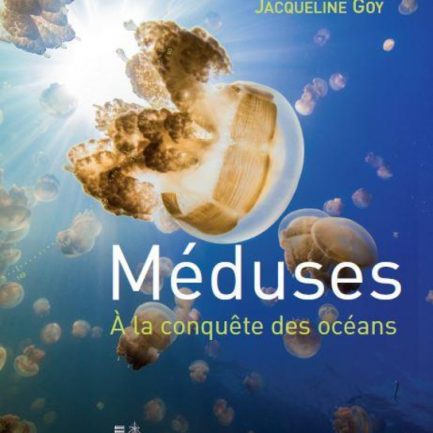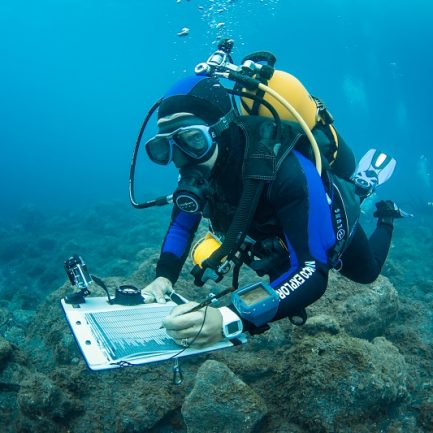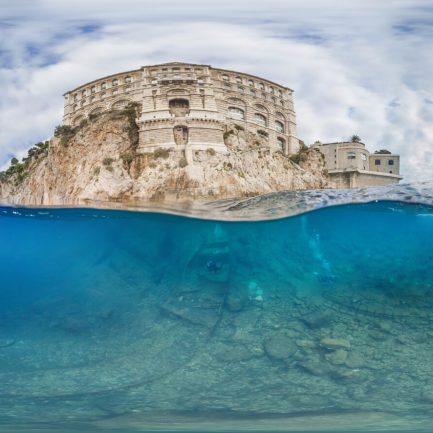Getting involved yourself
Influencer for the Ocean
- Home
- Actualités
- The benefits of a Marine Protected Area
BECOME THE VOICE OF THE OCEANS
MPAs are valuable tools to effectively address major sustainable development challenges and to participate in the implementation of major international agreements, the United Nations 2030 Agenda for Sustainable Development, in particular Goal 14 (Conserve and sustainably use the oceans, seas and marine resources for sustainable development), the Paris Climate Agreement, the Barcelona Convention for a coherent network of MPAs in the Mediterranean, and the Aichi Target 11 of the Convention on Biological Diversity.
They safeguard fragile species and ecosystems, provide economic and cultural resources, protect coastlines and help combat the effects of climate change!
They contribute to the reproduction and survival of species, particularly heritage or threatened species, by preserving critical habitats such as migration routes, refuges against predators, spawning grounds and nursery areas. They contribute effectively to the conservation of large deep-sea animals such as manta rays and species that congregate to breed.
They contribute to the replenishment of living marine resources and strengthen fisheries-related livelihoods, thereby enhancing the food security of coastal communities.
They protect the coastline. By protecting habitats, they provide a bulwark against the impacts of climate change and, to some extent, natural disasters. Mangroves mitigate the effects of tropical storms, while coral reefs prevent coastal erosion.
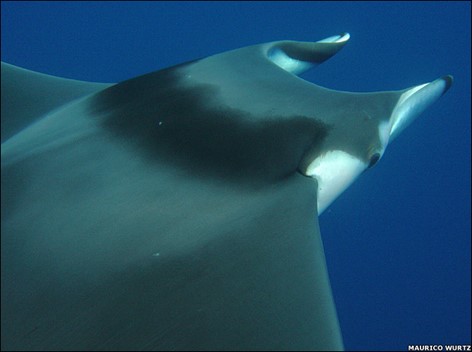
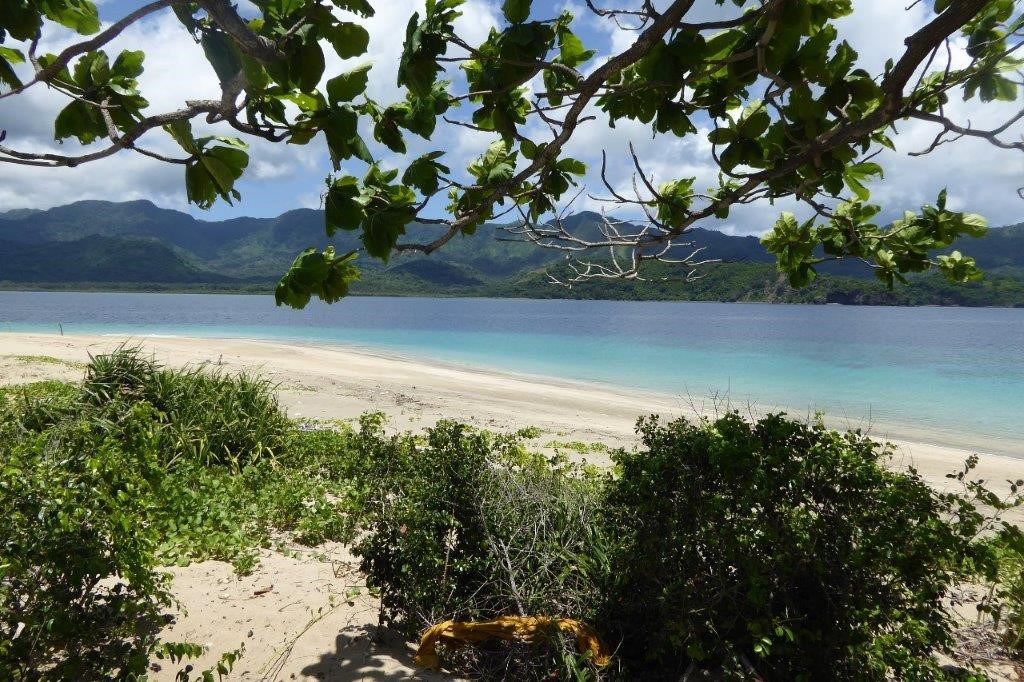
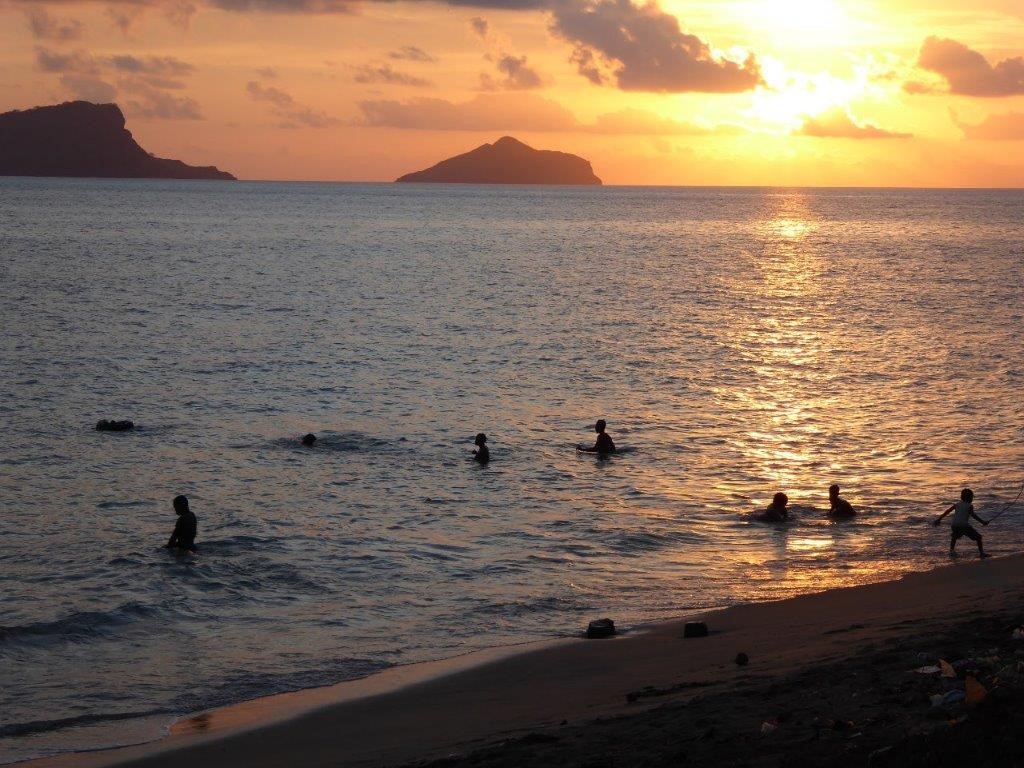

They participate in carbon storage (also known as sequestration), particularly when they are home to coastal ecosystems with vegetation, seagrass beds, mangroves and salt marshes. If sufficiently developed, MPAs could help combat climate change more effectively, and could provide coastal and island communities with significant economic opportunities in the carbon offset market. A study conducted on the Banc d’Arguin marine protected area in MauritaniaA study by University of Portsmouth researchers in 2018 showed that more than 10% of the country’s total greenhouse gas emissions are sequestered by the park’s marine ecosystems, a significant asset in achieving greenhouse gas (GHG) reductions and meeting the commitment made under the Paris Agreements. MPAs, relatively sheltered from human activities, are very good
observatories for the effects of climate change
.
In addition to strengthening community livelihoods, MPAscreate jobs and value in the tourism and trade sectors. Each year, 2 million visitors come to enjoy the beauty of the Great Barrier Reef in Australia, bringing nearly $6 billion and about 70,000 jobs to the Australian economy.
They have an inestimable cultural value, through the aesthetic, artistic, educational, recreational, scientific and spiritual values associated with them.







